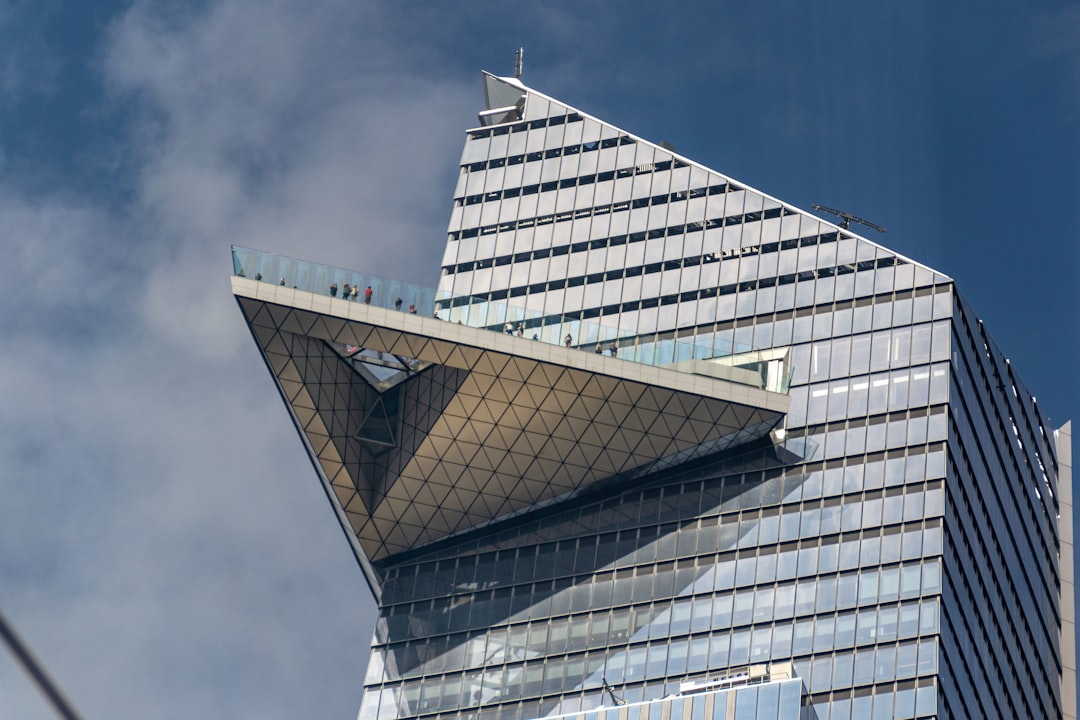What is it about?
The rapid advances in Information and Communication Technologies (ICT) has profoundly impacted the cultural industry, among others. Cultural institutions are commonly on the forefront of technological innovations, persistently exploring compelling ways to address new audiences and introduce novel means of interaction with cultural assets, thus transforming, enriching and enhancing the perceived cultural experience. The potentials of the new tools trigger new transdisciplinary perspectives for presentation, representation, management, interpretation, personalization and effective dissemination of information concerning cultural heritage and art. The emerging technological instruments are exploited to enable enhanced access not only in ‘brick-and-mortar’, but also in virtual cultural exhibitions. The recent explosion of the immersive technologies (Virtual Reality - VR and Mixed Reality - MR) offers unprecedented opportunities for learning, communication and entertainment in cultural spaces. VR/MR may play a key role in the presentation of the past and of polysemic cultural practices which can allow new sensations and meanings to arise. Among others, VR/MR technologies enable the exploration and interaction with important cultural artifacts, whilst in the physical space or immersed in a virtual environment; incorporate stimulating forms of storytelling to further entertain and engage visitors; allow the combination of exhibits physically distant from each other, or the exhibition of objects that have no physical presence and are born digital; provide valuable help for the digital preservation of heritage sites and cultural collections, research and communication for education, entertainment and tourism promotion. The affordances of immersive technologies urge cultural organizations to rethink, reimagine and perhaps reshape the very concept of museums and heritage sites.
Featured Image

Photo by Billetto Editorial on Unsplash
Why is it important?
The motivation behind this special issue is to solicit high-quality articles on all aspects pertinent to Virtual and Mixed Reality in Culture and Heritage and outline the state of the art in this exciting area of research.
Read the Original
This page is a summary of: Special issue on virtual and mixed reality in culture and heritage, Personal and Ubiquitous Computing, February 2020, Springer Science + Business Media,
DOI: 10.1007/s00779-020-01377-4.
You can read the full text:
Contributors
The following have contributed to this page










